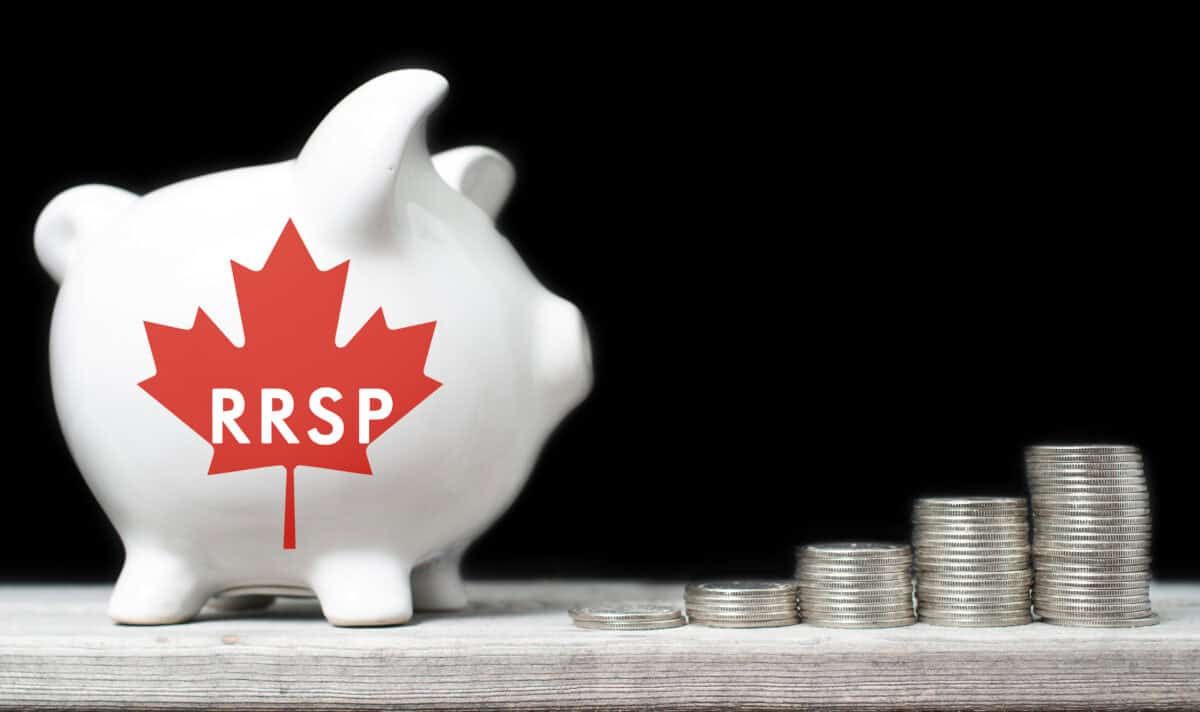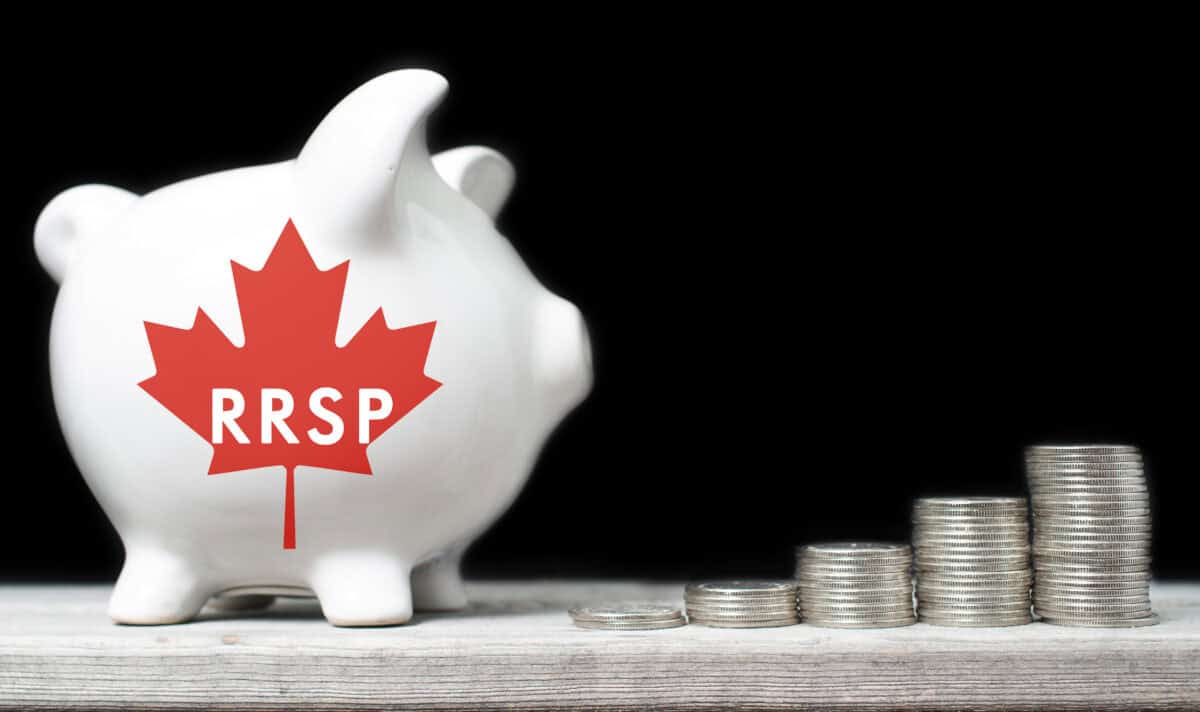
Here’s the Average Canadian TFSA and RRSP at Age 60

Are you getting ready to retire and wondering how much you should have in your RRSP or TFSA?
If so, you could start by looking at the amounts that the average Canadian has in his or hers.
Although the average TFSA/RRSP balance does not tell you how much you should have, it does tell you how much you need to be average.
Many Canadians retire at approximately age 60. These days, they often work part-time jobs after retiring from their careers, but nevertheless begin many retirement-related practices such as drawing Canada Pension Plan (CPP) benefits at 60. In this article, I will share the average amounts that 60-year-old Canadians have in their TFSAs and RRSPs, along with some suggestions for increasing your balance.
TFSA: $32,211
According to StatCan, the average Canadian aged 60 to 64 had $32,211 in his/her tax-free savings account in 2019. The data here is significantly out of date but today’s amount is likely similar, as Canadians’ saving patterns have not changed much over the years.
$31,211 is significantly less than what a 60–64-year-old Canadian could hold in his/her TFSA. The maximum for this year (ignoring the effect of investment gains) is $102,000. In 2019, it was around $64,000. So, based on this (admittedly dated) StatCan data, the average Canadian aged 60 to 64 is not utilizing his/her TFSA to its maximum potential.
RRSP: $100,000
According to Fidelity Investments, the average 60-year-old Canadian has $100,000 in his/her RRSP. This figure is drawn from Fidelity’s own customers, so it may not represent the nation as a whole. Nevertheless, it is likely to be close to the national average, as Fidelity is a large firm whose clients are mostly middle class Canadians, not high-net-worth Canadians.
A $100,000 nest egg is definitely not enough money to retire on. If invested at a 2.5% yield (the average for a Canadian stock), it produces just $2,500 in annual dividends/interest. So, if you have $100,000 in your RRSP, you will need another source of income in order to comfortably retire.
How to increase your RRSP and TFSA balances
If you feel like you don’t have enough money in your RRSP and/or TFSA to retire, a good way to boost your balance is to increase your exposure to equities. According to financial advisor Ben Felix, long-term returns are the highest for portfolios that are almost all stocks, no bonds or GICs. Consistent with this insight, Felix recommends that his clients invest mostly in stocks. There are some risks with this strategy: it is more volatile than an all-GIC or mixed GICs/equities portfolio. But it also delivers better returns.
You can get stock market exposure in your portfolio with relatively little risk using index funds. Such funds are highly diversified, meaning that they spread your eggs across several baskets. Those index ETFs that charge low fees, tend to outperform most active investing strategies.
Consider the iShares S&P/TSX 60 Index Fund (TSX:XIU). It’s an index fund built on the TSX 60, the 60 biggest companies on the Toronto Stock Exchange. It produces about 2.5% per year in dividend income, assuming that the dividends don’t change (historically TSX stocks’ dividends have seen positive growth). It has a low 0.16% management expense ratio (all fees and costs combined). Finally, it trades in high volume, resulting in tight bid-ask spreads and low trading fees. Overall, the XIU ETF is a wise choice for many Canadian retirees.